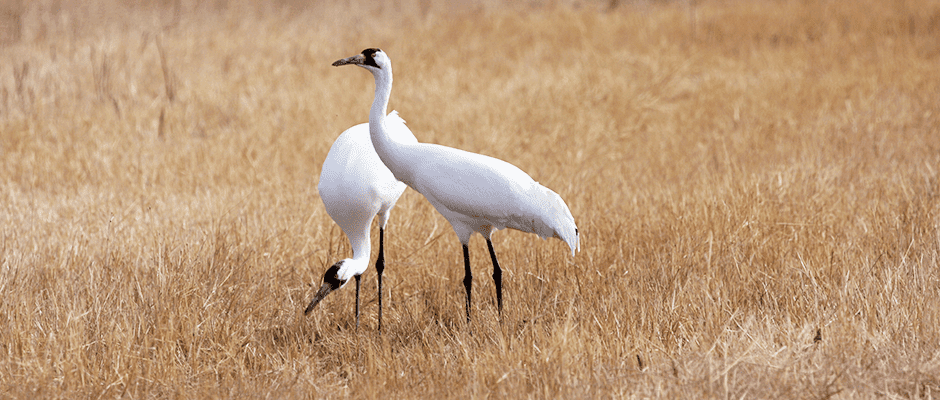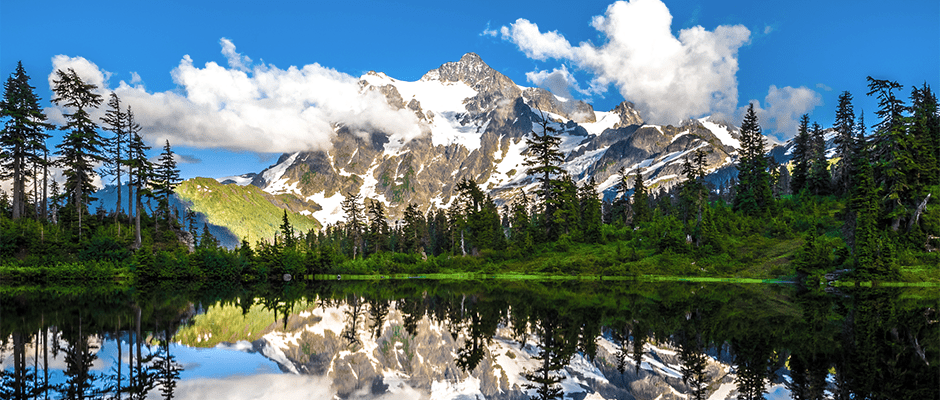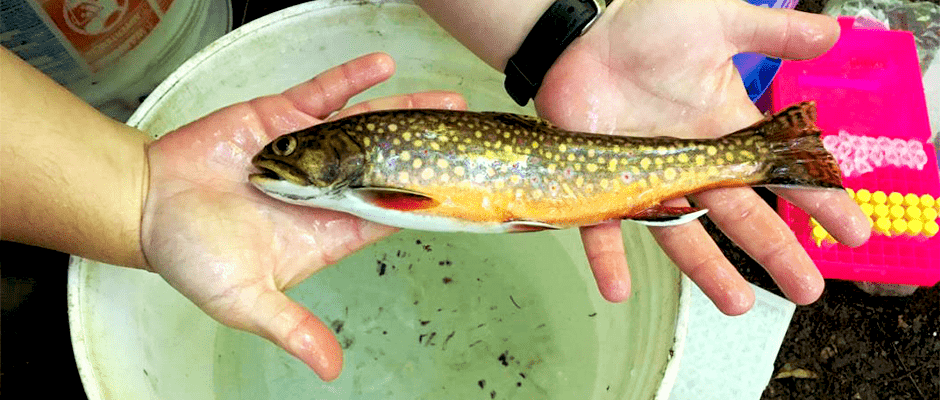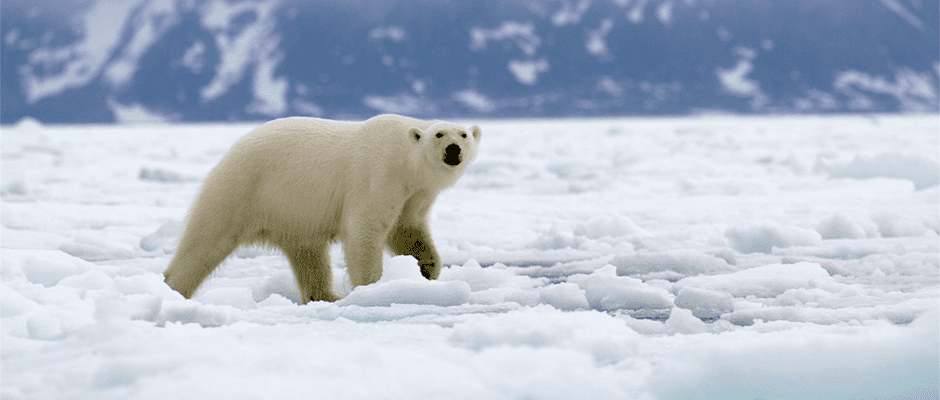- News
-
-
-
-
-
Latest News Articles
- Q&A: TEK and the wildlife profession April 24, 2024
- History may point to a brighter future for Canada lynx April 24, 2024
- New maps expand picture of big-game migrations in the West April 23, 2024
-
-
-
- Wildlife Professional Resources
-
- Our Network
-
- PUBLICATIONS
-
-
Recent Posts
-
 The Wildlife Professional November/December Issue
November 1, 2023
The Wildlife Professional November/December Issue
November 1, 2023
-
-
-
-
-
-
- Wildlife Events
-
-
-
Upcoming Webinars
- No Events
-
-
-
- Who We Are
-
Tag: USGS

October 2, 2017
Whooping crane program closes after 51 years
The largest captive breeding program for Whooping Crane (Grus americana) is closing after 51 years. The program at the U.S. Geological Survey Patuxent Wildlife Research Center in Laurel, MD began...

June 30, 2017
TWS shows support for Climate Adaptation Science Centers
On Jun. 26, TWS joined 45 other organizations and scientists in sending a letter to the House and Senate Appropriations Subcommittees on Interior, Environment and Related Agencies stressing the need...

April 12, 2017
Livestock has varying effects on sage-grouse
Contrary to common belief, livestock grazing may not necessarily have an adverse influence on the greater sage-grouse (Centrocercus urophasianus). In a recent study, populations of the bird in Wyoming seemed...

March 13, 2017
CRU students influence future of living natural resources
Each year, nearly 600 graduate students participate in natural resource education and training through the Cooperative Research Unit Program (CRU). Research directed by CRU scientists assists the next generation of...

January 13, 2017
A grand slam for students, schools and science
In 2014, Secretary of the Interior Sally Jewell formalized a Youth Initiative to expand career, educational, volunteer, and recreational opportunities for youth and veterans on the nation’s public lands, including...

November 14, 2016
A race against the clock for brook trout conservation
Are brook trout destined for extinction? That is a future that Shannon White, a Ph.D. student working with Dr. Tyler Wagner at the USGS Pennsylvania Cooperative Fish and Wildlife Research...

August 2, 2016
Species feeling the heat from climate change: Part 2
USGS is providing a two-part series on eight species feeling the effects of climate change. Part 1 is available here. From forest to grassland, desert to ocean, many wildlife species...

July 27, 2016
Species feeling the heat from climate change: Part 1
USGS is providing a two-part series on eight species feeling the effects of climate change. Part 2 will be available next week. From forest to grassland, desert to ocean, many...

May 18, 2016
Using environmental DNA (eDNA) to monitor endangered fish
In collaboration with the California Cooperative Fish and Wildlife Research Unit, geneticist Andrew Kinziger and graduate students at Humboldt State University set out to determine whether eDNA methods provide improved...

May 11, 2016
Are polar bears changing their diet?
Deep in the Western Hudson Bay, populations of bearded seals are declining. As polar bears prey on these seals, researchers wonder how similar changes in prey availability could potentially affect...

